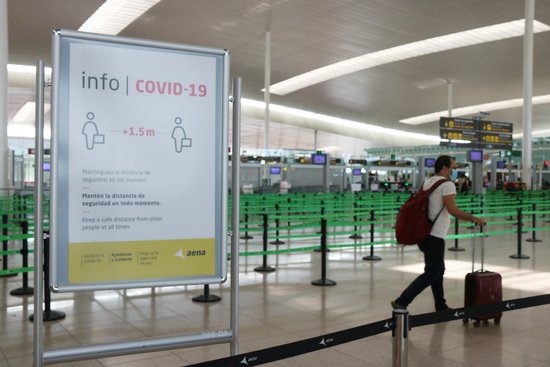Negative PCR test for foreign arrivals faces opposition
Two European authorities and airlines warn against the new policy

The European Center for Disease Prevention and Control (ECDC) and the European Aviation Safety Agency (EASA) warned on Wednesday that asking for a negative test could be a dangerous policy.
This comes as Spain enforced the measure on November 23 and updated it on November 30, for anyone entering the country by air or sea.
As well as this they advised against a compulsory two week period of quarantine when travelling from one country to the other.
Both argue that foreign travelers from within the EU do not pose a “significant added risk” in terms of coronavirus, since there are similar levels of general transmission throughout Europe.
Another risk suggested by the agencies is that these extra required PCRs may come at the detriment of processing tests from people within the countries who have symptoms.
Airlines oppose new measure
Various other aviation groups have also expressed their concern over this new rule.
Catalan News talked to AlaSpain, an association which gathers 85% of Spain’s air traffic, mentioned that there is consensus among companies to reject PCRs upon arrival and that companies want to perform cheaper antigen tests at airports rather than the PCRs three days prior.
“We are observing that this is dissuading people from wanting to fly,” stated Vueling, the largest airline in the whole of the territory, since the tests often cost more than the flights.
They also added that the first few days of the new measures were difficult, with many passengers being confused or unaware of the recent change in rules.
However, AESA and ECDC are hopeful that Christmas family reunions may go ahead, since scientific evidence shows that virus prevalence is lower amongst travellers than within the general population.